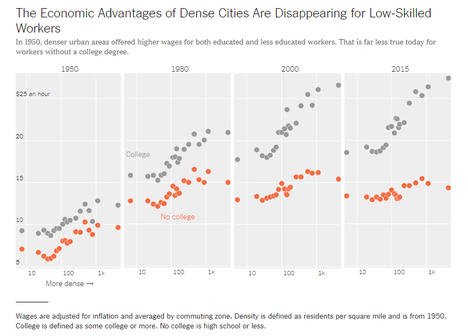(p. A15) A massive academic hoax has taken a surprising twist. Peter Boghossian, an assistant professor of philosophy, faces disciplinary action at Oregon’s Portland State University. The accusations against him raise constitutional questions about federal regulation of academic research. They also implicitly acknowledge that the prank had a serious point.
Mr. Boghossian–along with two confederates, neither of whom has an academic affiliation–set out to expose shoddy scholarship in what they call “grievance studies.” They concocted 20 pseudonymous “academic papers,” complete with fake data, and submitted them to leading peer-reviewed scholarly journals in fields like “queer studies” and “fat studies.” The Journal’s Jillian Melchior discovered the deception last summer and broke the story in October, by which time seven of the phony papers had been accepted for publication and four published.
“It had to be done,” Mr. Boghossian tells me. “We saw what was happening in these fields, and we were horrified at the faulty epistemology that these people were using to credential themselves and teach others.” The effort drew praise from some well-known public intellectuals, including Richard Dawkins, Jordan Peterson and Steven Pinker.
. . .
A hastily formed university committee recommended that Mr. Boghossian be investigated for “research misconduct”–that is, purposely fabricating data. That case would seem to be open and shut, but the investigation has stalled.
More serious are the sanctions against Mr. Boghossian announced Dec. 21 on behalf of Portland State’s Institutional Review Board for conducting research on “human subjects” without submitting his research protocol to the IRB for review as required by the federal National Research Act of 1974. The “human subjects” in question were the editors and peer-reviewers of the duped journals. Portland State ordered Mr. Boghossian to undergo “human subjects research training,” and its letter warns that “further actions may be required,” with no elaboration.
. . .
Philip Hamburger, a law professor at Columbia, argues that the National Research Act and the HHS’s regulations violate the First Amendment, infringing on scholars’ freedom of expression. Mr. Hamburger has likened IRB vetting procedures to the Star Chamber’s licensing of publications that prevailed in 17th-century England–which the Constitution’s drafters were eager not to replicate. “Licensing . . . prohibits generally, and then selectively permits what otherwise is forbidden,” Mr. Hamburger wrote in 2007.
For the full commentary, see:
Charlotte Allen. “A Hoax and Its ‘Human Subjects’; An Institutional Review Board disciplines an academic prankster. But is it constitutional?” The Wall Street Journal (Tuesday, Jan. 29, 2019): A15.
(Note: ellipses between paragraphs, added; ellipsis internal to last paragraph, in original.)
(Note: the online version of the commentary has the date Jan. 28, 2019.)


